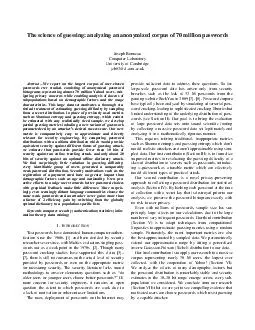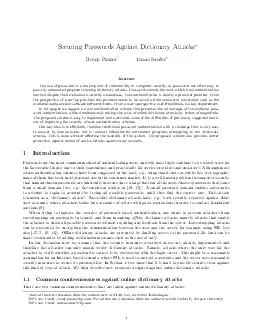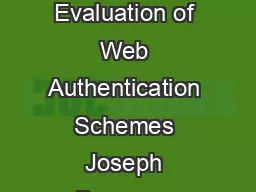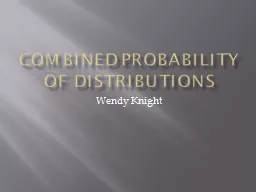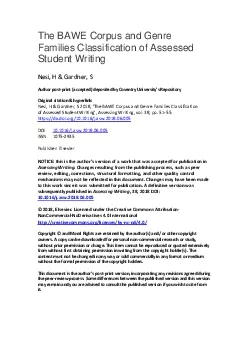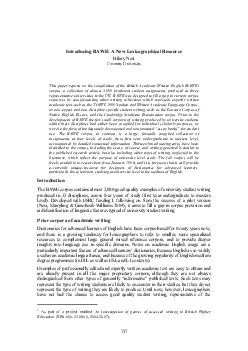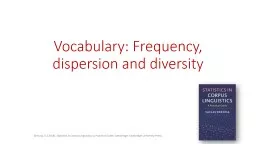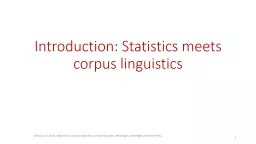PDF-The science of guessing analyzing an anonymized corpus of million passwords Joseph Bonneau
Author : natalia-silvester | Published Date : 2014-12-19
camacuk Abstract We report on the largest corpus of userchosen passwords ever studied consisting of anonymized password histograms representing almost 70 million
Presentation Embed Code
Download Presentation
Download Presentation The PPT/PDF document "The science of guessing analyzing an ano..." is the property of its rightful owner. Permission is granted to download and print the materials on this website for personal, non-commercial use only, and to display it on your personal computer provided you do not modify the materials and that you retain all copyright notices contained in the materials. By downloading content from our website, you accept the terms of this agreement.
The science of guessing analyzing an anonymized corpus of million passwords Joseph Bonneau: Transcript
Download Rules Of Document
"The science of guessing analyzing an anonymized corpus of million passwords Joseph Bonneau"The content belongs to its owner. You may download and print it for personal use, without modification, and keep all copyright notices. By downloading, you agree to these terms.
Related Documents

